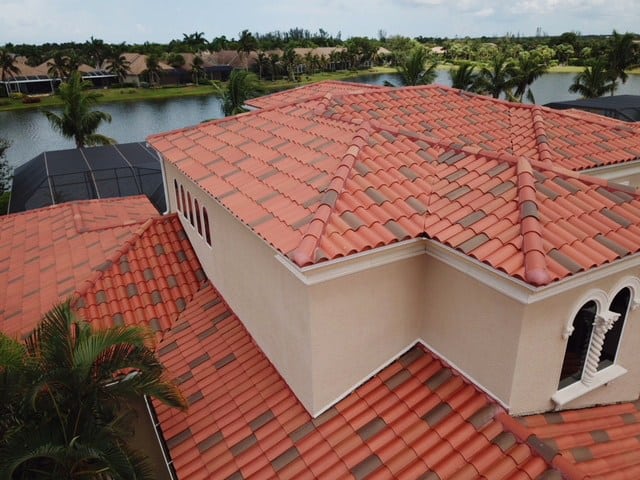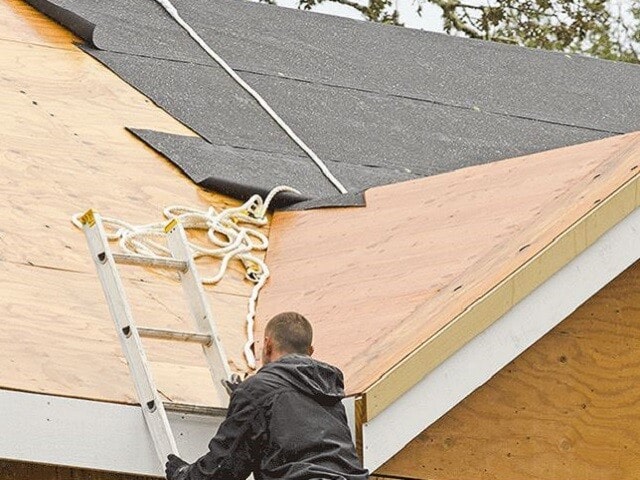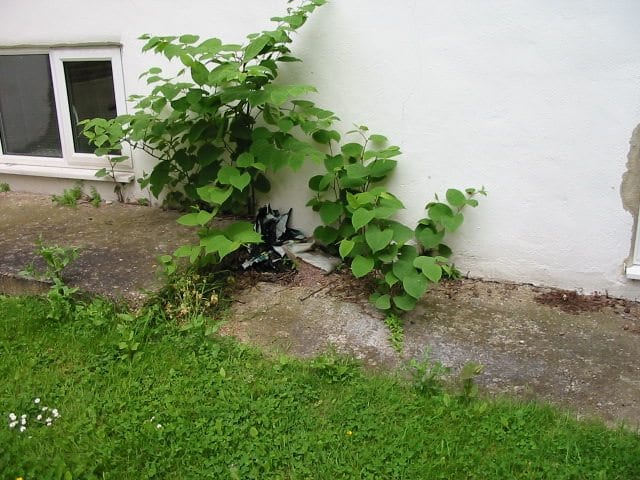At some point either as a specialist or homeowner, you might require to get roof trusses. Whether the roof covering is for a simple wood shed or a complicated hipped attic room expansion, it is helpful to understand what details the truss designer might require.
It is probable your build will have followed a designer’s drawings and also much of the detail you call for will be specified there. In even more complex cases there perhaps are designer specifications too, providing details such as wind bracing and also specifying loadings.
A conversation about the different kinds of roofing system structures is beyond the extent of this post as well as will ideally be covered in additional magazines. Nonetheless, as part of the design procedure as well as through discussions with your designer, you will have resolved concerns such as:
- Hipped or gabled roofing layout
- Vaulted or level ceilings
- Utilizing the loft area as living lodging (room-in-the-roof).
Whilst by no means exhaustive, this article describes a few of the terms you may run into. It describes some of the concepts you may require to think of ahead of your conference with your truss developer.
1. Quick anatomy of a roofing truss.
You can consider a simple typical roofing truss as a triangle; with two top chords (rafters) of the same pitch conference at a peak as well as attached at their base by a bottom chord (ceiling tie). This ‘close couple system’ is the fundamental form that most roof-covering truss layouts create.
Within the truss, connecting the rafters and ceiling loop, are a number of webs. These internet form triangular patterns which help disperse the forces within the truss (triangulation of forces). One of the most typical types of roof truss utilized for homes is the fink roof covering truss, well-known for the unique w-shape formed by its webs.
2. What is the general span of the roof covering the truss?
Determined in millimetres, the general period of a roof covering truss is taken into consideration to be the period over the wallplates. It is specified as the range between the outside edges of the two supporting wallplates. These usually accompany the laying out point of the truss, where the bottoms of the rafter and ceiling tie meet. For the most part, therefore, the total span is likewise the size of the ceiling tie.
3. What is the height/pitch of the truss?
The pitch of a roofing system truss is the angle developed by the rafters to the straight as well as is gauged in degrees. Mono-pitch trusses have simply one rafter and also for that reason one pitch to think about (think about a best-angle triangle). Typical trusses such as the fink roof covering truss are dual-pitch, generally having the exact same pitch on either side.

There are circumstances where you may require a twin pitch truss with different angles, either as a nuance of style or where you are matching into an existing roofline.
If you are unable to offer a roof covering pitch, the truss designer can make use of the truss height. The elevation of a roof-covering truss is defined as the upright dimension from the pinnacle (uppermost factor of the truss) to the bottom of the ceiling connection.
If you remember your senior high school math, you may see the relationship between the pitch as well as the vertical elevation. For more information on the design and manufacture of all types of roof trusses and fink roof truss variations then take a look at Eden Prarie Roofing.
4. What is the roofing system truss spacing?
In the United Kingdom roof trusses are generally spaced at 400 or 600-millimetre centres. These dimensions work perfectly with those of popular wall surface boards as well as panels, being 2400 by 1200 millimetres.





